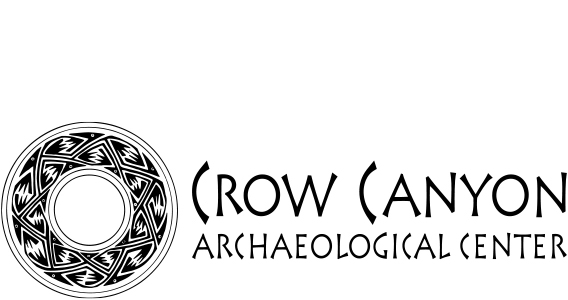Dr. Ives Apachean Origins research has involved new excavations in Promontory Caves 1 and 2 that reinforce Steward’s conclusion that the early Promontory Phase resulted from an intrusive, large game hunting population, particularly of bison, very different from nearby late Fremont communities. While lingering for just one or two human generations, the cave occupants began to accept people as well as material and symbolic culture from surrounding AD 13th century neighbors. They employ a trans-disciplinary search image to evaluate the possibility that the Promontory Phase materials reflect the presence of Apachean ancestors, with a treatment that expands to Franktown Cave (Colorado) and other sites suspected of having Apachean connections. In these records lie the seeds for the intensive Plains-Puebloan interactions of the centuries that followed.



